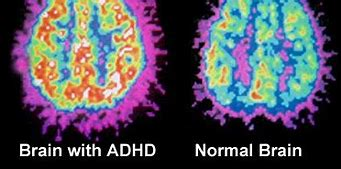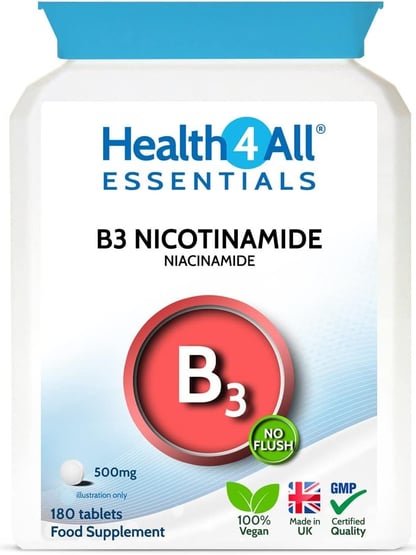Unlocking Potential: Understanding ADHD in Children and Adults
Our blog will try to understand the risk factors of ADHD. The blog aims to empower readers with knowledge and give them different treatment modalities. The readers will be able to make informed choice.
BLOG
4/25/20244 min read


I am sitting here asking myself why ADHD in children has increased and parents are devastating when their child is diagnosed with ADHD. Is it a death sentence?
I did some research and found out that the increase was due to a combination of genetic, environmental, and neurological factors. Not only that, Hosokawa outlined the fact that children were exposed to mobile technology at the elementary school age, could also be another reason. This caught my attention. However, I would like to show to parent that ADHD is not a death sentence.
Attention Deficit Hyperactivity Disorder (ADHD) is a neurodevelopmental disorder that affects millions of children and adults worldwide. Despite its increase, there are still misconceptions around ADHD, leading to stigma and misunderstanding. In this blog, we will explore into the complexities of ADHD, exploring its risk factors, diagnosis, medical treatments, and strategies for managing symptoms. Along the way, we will share real-life examples and practical tips to help individuals with ADHD lead fulfilling lives.
Richard Branson, a British business magnate. Co-founder of the Virgin group. He controls more than 400 companies. He spoke about his ADHD as a child.
Lewis Hamilton, a British racing driver competing in Formula one for Mercedes and McLaren. He also spoke about his experience of ADHD as a child. Both celebrities focused on what they enjoyed as a child to be successful.
Risk Factors
Causes are unknown, ADHD can arise from a combination of genetic, environmental, and neurological factors. While genetics play a major role, environmental factors such as prenatal exposure to toxins, premature birth, and maternal smoking during pregnancy can affect the baby’s brain and increase the risk of developing ADHD.
Hosokawa and Katsuna conducted a study in 2018 of elementary school children. They found a correlation between increased screen time use and behavioural issues such conduct problems, hyperactivity, and inattention.
In 2021, Lazar outlined that at a young age, children were not able to process the images they see beyond the colourful pictures and brightness of screens. Not only that, screens also encourage sedentarism and reduce activity. At the young age, playtime is for developing children. Screens also affect children sleep. We can all agree that sleeping is very important for development as it allows nerves connection.
Teens can be affected when they spend too much time on social media. They are exposed to impossible beauty standards earlier and unrealistic expectation of what is happiness. This could also be one reason why teens develop anxiety and depression, outlined Lazar.
Diagnosis
Diagnosing ADHD can be complex and often requires a comprehensive evaluation by a qualified healthcare professional. Common symptoms include inattention, hyperactivity, and impulsivity, which can manifest differently across age groups. For children/teens, symptoms may present as difficulty staying focused in school or constantly fidgeting. In adults, ADHD symptoms may interfere with work performance, relationships, and daily functioning.
Medical Treatments
While there is no cure for ADHD, various medical treatments can help manage symptoms and improve quality of life. Stimulant medications, such as methylphenidate and amphetamines, are commonly prescribed to increase dopamine and norepinephrine levels in the brain, which can enhance focus and attention. Non-stimulant medications, like atomoxetine and guanfacine, may also be prescribed for individuals who do not respond well to stimulants or have contraindications. https://95d4d5t-tnn51rd7mi0pm9owcl.hop.clickbank.net
Strategies for Managing Symptoms
In addition to medication, various strategies and interventions can help individuals with ADHD better manage their symptoms and improve daily functioning. These may include behavioural therapy, organizational skills training, mindfulness techniques, and lifestyle modifications such as regular exercise and adequate sleep.
Non-medical treatment: Niacinamide-Rich Foods
Niacinamide, also known as vitamin B3, has been studied for its potential role in improving symptoms of ADHD. Foods rich in niacinamide include salmon, chicken breast, turkey, peanuts, and green peas. Incorporating these foods into your diet can provide essential nutrients that support brain function and may help reduce hyperactivity and improve focus. B3 supplements could also be a source of Niacinamide. https://amzn.to/49YqI2W
Recipe
Niacinamide-Packed Salad
Ingredients:
• Grilled salmon fillet
• Mixed greens (spinach, kale, arugula)
• Cherry tomatoes
• Sliced cucumber.
• Avocado
• Roasted peanuts.
• Lemon vinaigrette dressing
Instructions:
1. Grill the salmon fillet until cooked through, then let it cool slightly.
2. In a large bowl, toss together the mixed greens, cherry tomatoes, sliced cucumber, and avocado.
3. Break the grilled salmon into bite-sized pieces and add to the salad.
4. Sprinkle roasted peanuts on top for an added crunch.
5. Drizzle lemon vinaigrette dressing over the salad and toss to coat evenly.
6. Serve and enjoy this delicious and nutritious niacinamide-packed salad!
ADHD is a complex disorder that can present unique challenges for individuals across the lifespan. By understanding the risk factors, diagnosis process, medical treatments, and strategies for managing symptoms, individuals with ADHD can better navigate their journey towards improved well-being and success. Remember, with the right support and resources, individuals with ADHD can thrive and reach their full potential.
References
Lazar E (2021) Personal interview
Hosokawa R et al (2018) Association between mobile technology use and child adjustment in early elementary school age






